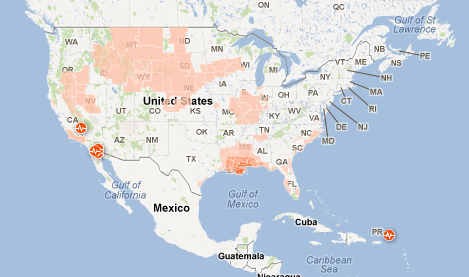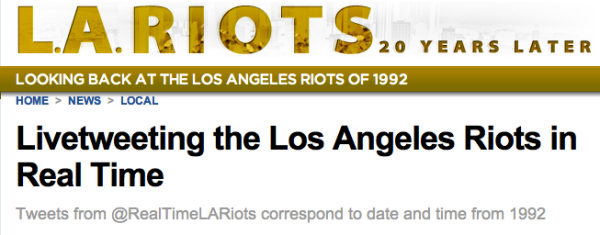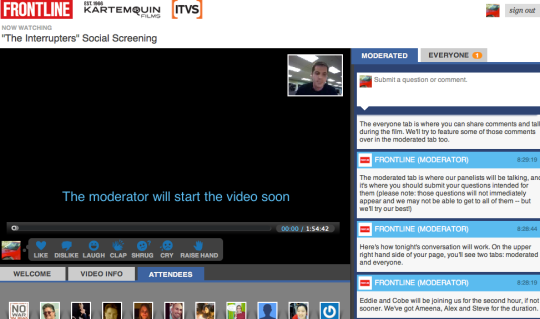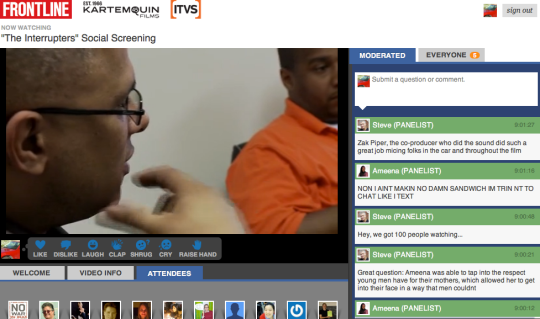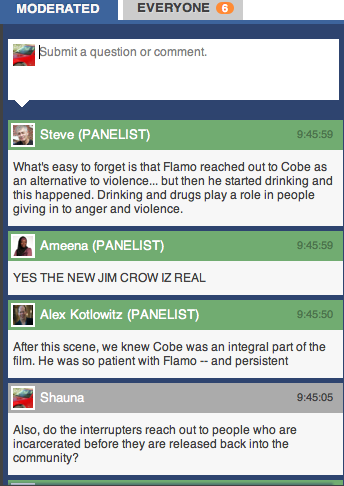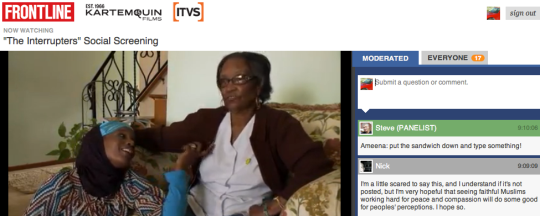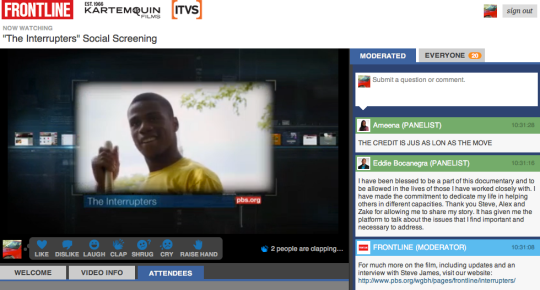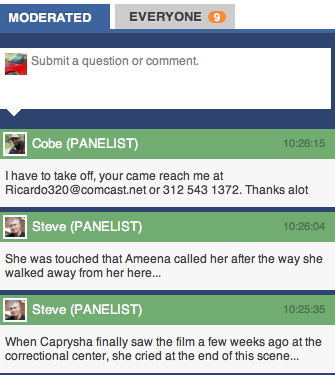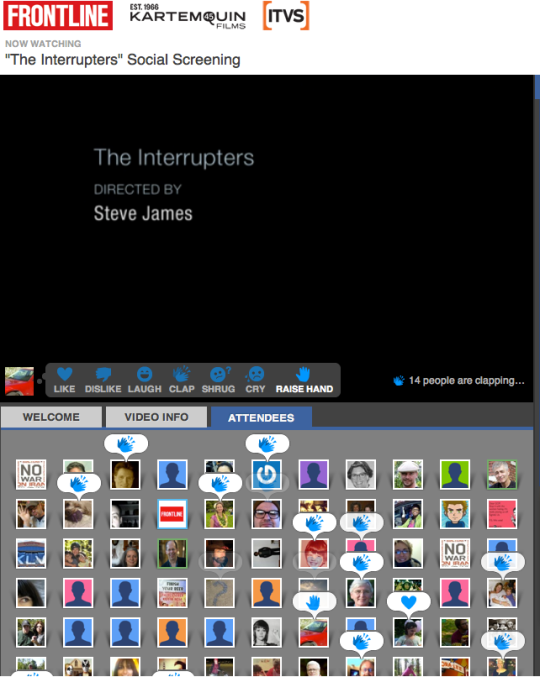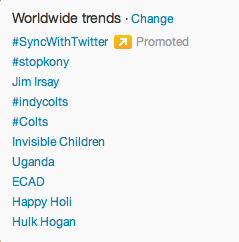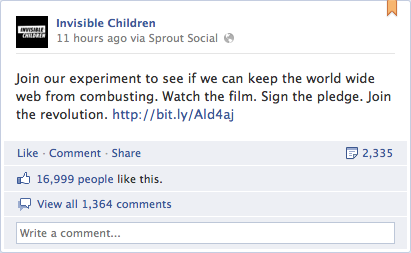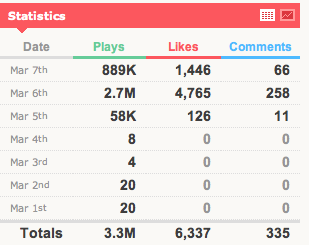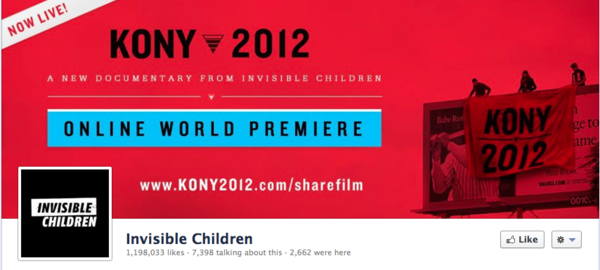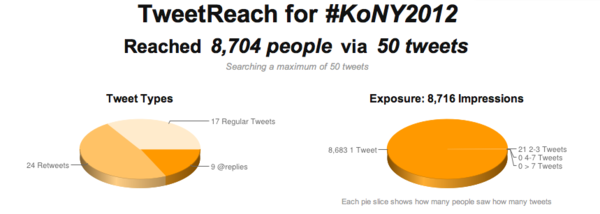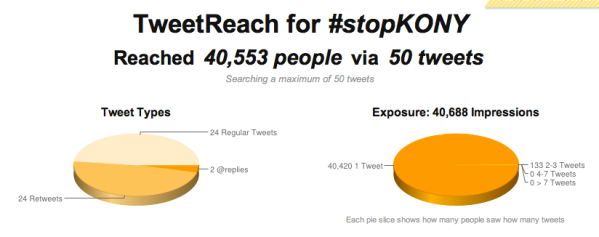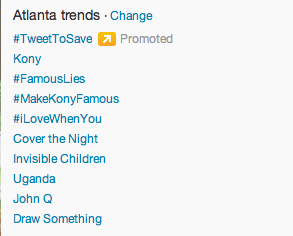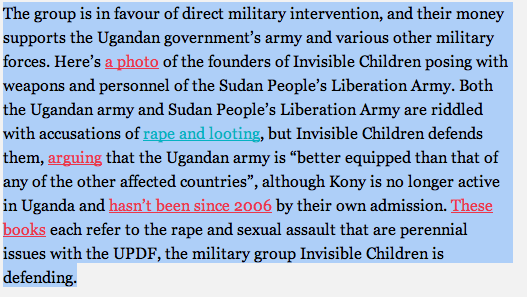Recently, I was glimpsing through open positions at news organizations when the ABC News SEO/ Social Media Internship caught my eye.
At first glance, this job posting wasn’t out of ordinary. Newsrooms usually list experience with search engine optimization as a skill set for online and digital producers. Requiring knowledge of how SEO works and experience with SEO and link building is becoming relatively common in a newsroom.
However, here’s what stood out to me.
I’m used to seeing SEO interns for the marketing departments of news organizations, but never for inside of a newsroom. This is the first time I’ve seen an internship designed specially for SEO duties in news production.
This job post got me thinking: Is there something in the water?
The answer: Absolutely!
Here’s why:
In addition to marketing, ABC has a separate department in its newsroom that deals exclusively with SEO and social media for news content production. ABC News looking to train interns to have SEO skills most likely means three things:
1)They’re looking to retain that trained talent.
2) They’re looking to hire people with intermediate SEO and social media skills.
3) They’re most likely looking to build the SEO and Social Media skills of people who already work in the ABC newsroom.
This internship description is a glimpse into the future of newsroom job skills. Long story short: if you plan to work with ABC News ( or any news organization in the future), you need to have more than a working knowledge of SEO and an effective use of social media. In an age where journalists are equally as responsible for marketing their own content as they for are creating it, it’s only natural that newsrooms are posting jobs that require intermediate skill sets that were once mostly held by marketing professionals.
Let’s break down this job description based on a few of the points listed under Preferred Experience/ Skills:
- Basic Understanding of search engines best practices and how search engines work
SEO is the process of improving a website’s visibility in a search engine’s natural search results. Every journalist needs to at least know the basic definition of search engine optimization.
Do some background research about search engines, particularly about how Google works. One great way to expand your knowledge of search engine optimization is to learn about the skills actually needed to work in SEO.
Go to a job site such as Indeed.com and type in keywords “SEO”, “SEO specialist” and “digital strategist”. These job descriptions can shed light on the skills SEO specialists and digital strategists need and the duties they perform on a day to day basis.
There are also quite a few websites devoted to search engine optimization and marketing. Two of my favorites are Search Engine Land and Search Engine Watch.
If you’re looking to read a diverse set of articles about SEO from different sources on one site, try subscribing to a curated online newspaper, such as a Paper.li. I’ve done some freelance writing for Jaheed Givens, a digital strategist who publishes a Paper.li devoted to SEO, marketing, and social media called SEO, SEM, and PPC – At a glance.
Another useful way to learn about SEO and what SEO professionals are doing is by joining a Twitter chat. SEO chat is a twitter chat devoted to all things SEO, hosted by Greg Shuey and Ash Buckles . I recommend doing some research on SEO and jumping into the weekly conversation, even if it’s just briefly. If you’re too shy to join the dialogue, at least be a fly on the wall and you’ll be sure to learn some interesting information.
Let’s not forget the second part of the job post: social media.
One of the required skills for the internship is to be active on social media. Under Preferred Skills ABC lists:
- must be active participant on various social media sites.
One of those various social media sites will include Twitter. Not only do you need to be using Twitter, you need to be using twitter actively. That means more than the occasional tweet about the weather and how much you love beer fridays. You need to understand how social media works and how to use it effectively. That means keeping up to date on developments in social media, changes in current social media platforms, and news about new social media platforms.
Don’t distress if you’re not used to using Twitter for anything except running commentary on your favorite TV shows.
There are tons of sites out there devoted to social media news, tips and tricks, and social media engagement.
Two of the most popular sites are Mashable and Mashable Social Media. Another one of my favorites is Social Media Examiner.
Besides being active on social media, the job listing also prefers candidates to have an intermediate understanding of social media and journalism including reporting, distribution, crowdsourcing.
Keep up with social media conversations about journalism and the news industry by following industry Twitter accounts. A few of my favorite industry Twitter handles are @Muckrack @wjchat, @journchat, and of course, @Poynter.
In addition to following news sources, journalists, and social media professionals on Twitter, subscribe to a couple of their Twitter lists. Following lists is a great way to sort through all of the noise on your timeline. You’ll get to zero in on some of the Twitter accounts industry professionals find important, as well as get a filtered view of what people in the industries are talking about without having to follow each individual twitter handle. You can also use Listorious to find great lists from news sources and journalists. Don’t forget to create your own lists to organize people you follow in the industry and stay on top of trends. Since I have an interest in documentary film, and I’m getting my feet wet in website building and programming, I’ve created a few of my own Twitter lists dedicated to documentaries, programming, and social media.
Remember, create conversation around your tweets. Don’t just use Twitter to broadcast a message about breaking news. Participate in the dialogue about news events. And for God’s sake UNLOCK your Twitter account. If you’re afraid to come into the deep end (it’s safe, I swear) or you feel your regular everyday tweets aren’t suitable for the general public, then create a professional Twitter account that you use DAILY to engage people.
Speaking of engaging, I’m also going to use this blog post to shine some light on an a young social media professional I follow on Twitter. Since I favorite so many of her tweets, I at least need to pay her some homage in this blog post about SEO and social media.
Ahna Hendrix is a social media consultant, freelance designer, and blogger. She writes
articles about social media and SEO for Linchpin SEO, a digital agency that helps small businesses grow and expand their brand. We’ve built a nice little connection on Twitter, especially though Follow Fridays.
Ahna tweets daily useful social media tips, from how to build your brand using Twitter and Facebook to tips on digital content strategy. We’ve shared quite a few articles about social media over the last few months, and I’ve learned some of the most useful tips about social media strategy from reading (and favoriting) her tweets.
On a personal note, I have a final word of advice, especially for generation Y and early career journalists like myself who are looking to learn more about social media and SEO. Reach out and engage with other young professionals you’ve never met. That statement may seem like a no brainer, but I’m still surprised to see a lot of young professionals who don’t expand their Twitter networks outside of seasoned professionals, friends, and colleagues. We’ve all heard of the phrase “each one teach one.” Some of the best information I’ve read about digital media is from other young professionals with less than five years in the journalism, digital media, or marketing industries. If you’ve got questions about SEO and social media, reach out and ask! Just remember to share the wealth!
Speaking of sharing, you can follow my pinterest boards on Social Media, SEO, and Digital Media.
-The Vibrant VJ
Where do you get your knowledge on all things SEO and social media? Comment below or let me know @ShaunaReporter.

